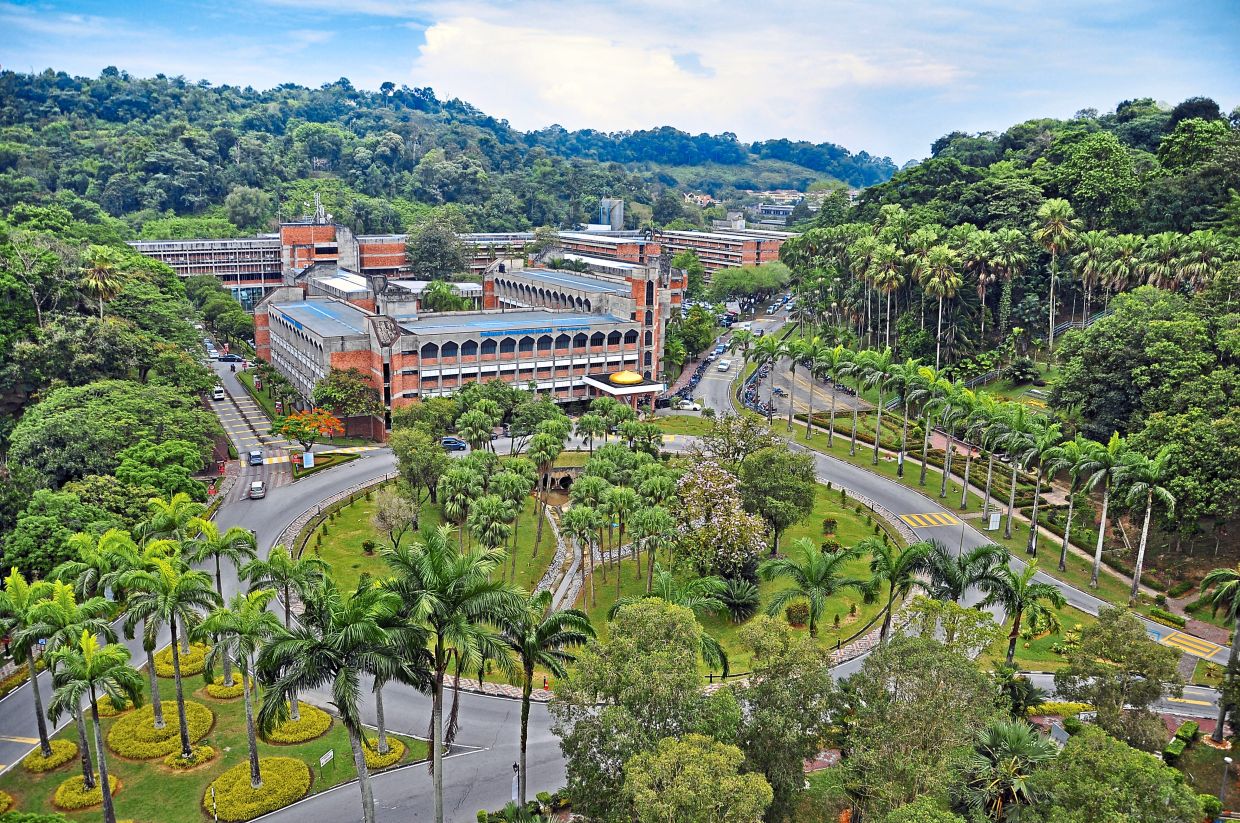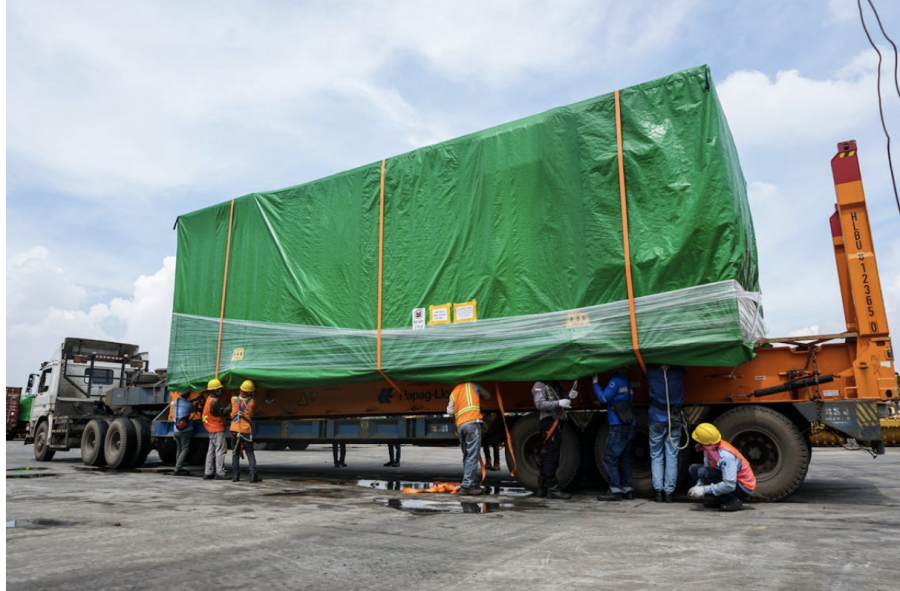As rural America grapples with various socio-economic challenges, the role of regional clusters groups of interconnected businesses, institutions, and resources has emerged as a key driver of economic development. The Build Back Better Regional Challenge (BBBRC) is an initiative designed to harness the power of these regional clusters to promote rural development and revitalize struggling communities.
What Are Regional Clusters?
Regional clusters are geographic concentrations of interconnected businesses, suppliers, and associated institutions in a particular field. These clusters foster innovation, job creation, and economic growth by bringing together various sectors that complement and support one another. For example, a rural region focused on renewable energy might have a cluster of solar panel manufacturers, research institutions, and local contractors that can collaborate to create new technologies and services.
By fostering strong regional clusters, rural areas can become competitive on a larger scale, leveraging local assets to attract investment, increase employment, and improve overall economic performance.
The Role of the Build Back Better Regional Challenge
The Build Back Better Regional Challenge, launched by the U.S. Economic Development Administration (EDA), is a major initiative that aims to support the development of regional clusters in economically distressed communities, including rural areas. Through this challenge, the EDA provides funding to regions that demonstrate the potential to grow and strengthen their local economies by investing in industries like clean energy, technology, and healthcare.
For rural communities, the BBBRC is a lifeline, offering resources to help them build or expand clusters that align with their strengths. By developing these regional clusters, rural areas can increase their economic output, create jobs, and improve the standard of living for their residents.
How It Benefits Rural Areas
The challenge’s focus on rural communities is particularly important, as many of these areas face unique barriers to development, including isolation, limited infrastructure, and difficulty attracting investment. By focusing on regional clusters, rural areas can overcome these challenges and build a sustainable economic foundation for the future.
For example, a rural community with abundant agricultural resources could develop a cluster centered around sustainable farming and food production. This would not only create job opportunities but also help preserve the region’s rural way of life while enhancing its global competitiveness in agriculture.
Conclusion
Regional clusters are crucial for rural development, offering a pathway for communities to leverage local resources and drive economic growth. Through initiatives like the Build Back Better Regional Challenge, rural areas can tap into the power of collaboration, creating thriving economies and a better quality of life for residents. By supporting regional clusters, we can build a more equitable and resilient future for rural America.









